Querétaro wine tourism is on the rise, and so is the quality of the state’s wine. Leigh Thelmadatter investigates wine making and wine tasting in Querétaro.
So what is so “extreme” and appealing about making wine in central Mexico?
Drought, hail, flash flooding and, worst of all, mildew…Despite all that – Querétaro shows promise of being Mexico’s next wine mecca.
Mexico’s many microclimates means that vineyards and wineries are scattered from the north to the center of the country. Although Baja dominates with about 70% of all wine produced in Mexico, Querétaro alternates for the second and third spot with Parras, Coahuila.
This small state is located in central Mexico, about three hours northwest of Mexico City. It was the first region that the Spanish identified as suitable for European wine grapes, and it’s thought that the first European vines were planted in Queretero’s San Juan del Río Valley.
Querétaro is the leader of wine production and wine toursim in central Mexico, and the local industry has some unique qualities that differentiate it from its northern neighbors. Leaving the environment aside for a moment, Querétaro’s winemakers have some very important economic advantages. The state is in the heart of the Bajio region. This swath of relatively flat land stretches from San Luis Potosí to Jalisco, and has been an agricultural powerhouse since the early colonial period. The area is close to both affluent Mexican wine drinkers in central Mexico’s major cities, as well as large expat communities, making it an easy day or weekend trip for those who go wine tasting.
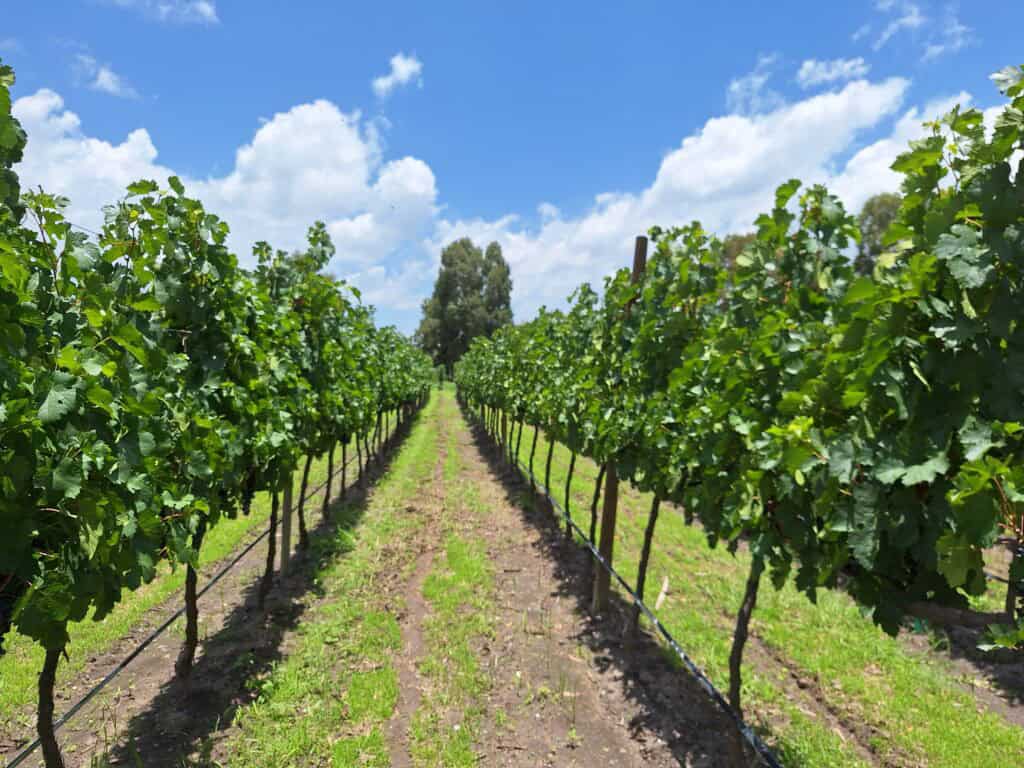
Central Mexico-based sommeliers Fernando Sandoval and Andrea Castro Sánchez agree that the state’s wine scene has been instrumental in the development of vineyards in areas of the Bajio with similar climates – in particular the success of Querétaro’s biggest winery, Freixenet, has been influential. “Querétaro has been a fundamental and important part in the development of the industry in the center of the country.”
Baja’s success has established Mexico as a winemaking country, but Querétaro’s industry is not a direct extension of what is going on in the north. Baja wineries are generally massive enterprises, but the majority of Querétaro’s wineries are boutique and family-owned.
Southern Querétaro is a hodgepodge of microclimates, meaning that a merlot produced as one winery can be quite different from that from one only a kilometer or two down the road. Small producers work together to promote a unified front for mutual benefit.
Foreign wines still have more prestige in Mexico than even Baja wines, but that is changing. Querétaro wines are winning foreign awards, such as the 2023 gold that Atempo Merlot 2019 from Bodegas won at the Concours Mondial de Bruxelles. The quality of the wine now supports more sophisticated tasting tours such as those offered by Heart of Mexico, run by Tiffany and Tom Pence, Americans who share decades of experience in fine wines.
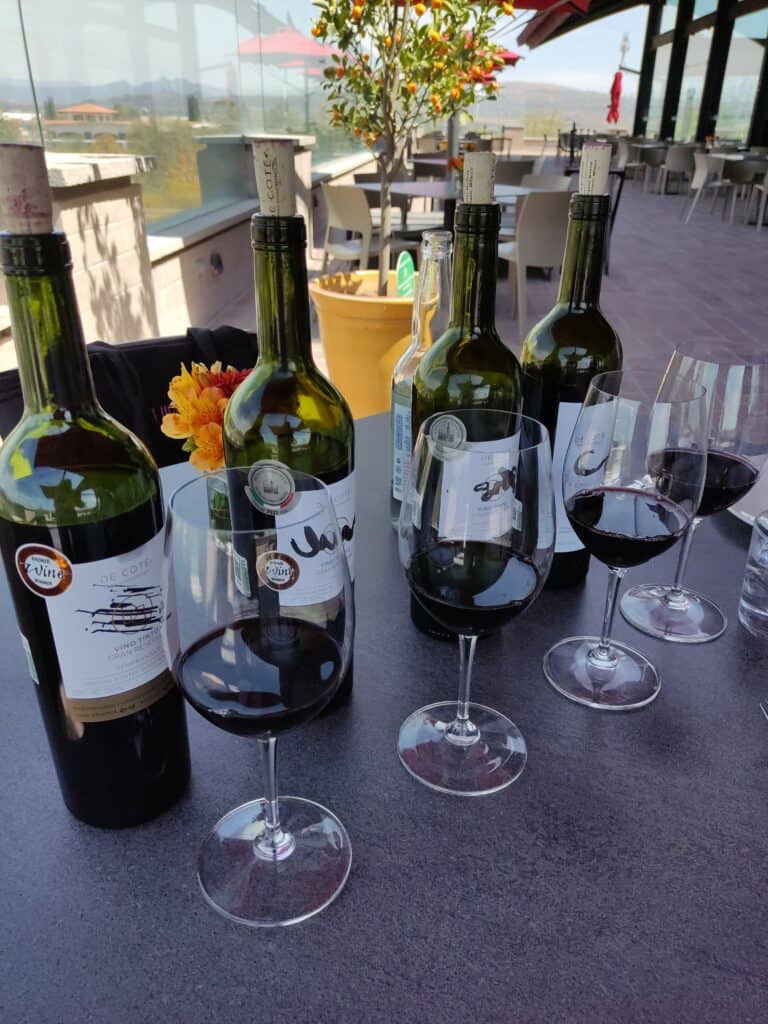
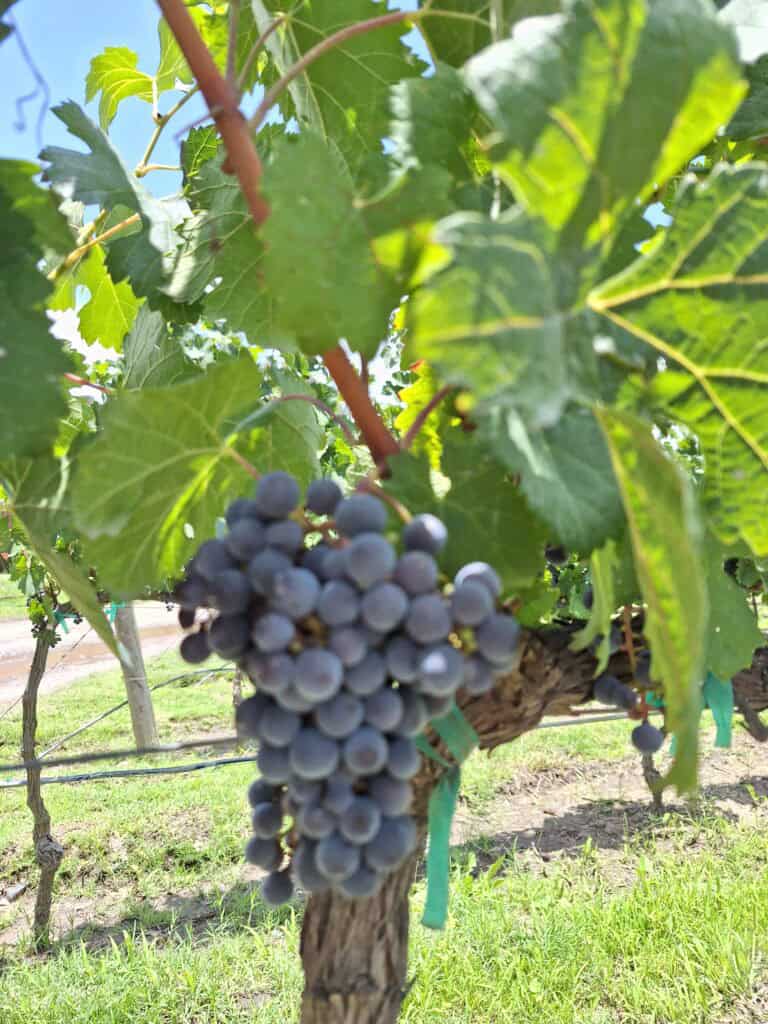
So why didn’t Querétaro wine get on the map sooner?
Querétaro’s wine history mirrors that of the rest of the country, but with its own twists. It suffered from the colonial-era prohibitions on alcohol production. After Independence, winemaking appeared and disappeared several times due to pest infections, the Mexican Revolution, and competition from European imports. Despite the grapevine on the state capital’s crest, even most Querétaro residents were unaware of historical wine production.
Although the first European grape vines were likely planted in Querétaro, the state is considered to be an emerging wine region to sommeliers like Germany-born Ralf Boschofsky. “Querétaro has a longer history of producing wine for brandy, but that is not the same as producing fine table wines,” he says.
The first glimmer of a modern table wine industry began in the 1970s with the founding of La Redonda by Italian immigrant Vittorio Giaginto Bortoluz Perecin and the arrival of Spanish conglomerate Freixenet. New varieties of grapes appeared, including cabernet sauvignon, merlot, chenin blanc, ugni blanc and moscatel.
In the 1970s, only about 3,000 hectares were planted with wine grapes. Querétaro would not boom until the 2010s. One reason is that the wine industry has a large number of small boutique wineries run by families that were growing vegetables only a couple of generations ago. The switchover came not because conglomerates bought hectares of suitable land, but rather growers, large and small, have been cooperating to organically build an industry and a sustainable reputation for boutique wines. Today, it is home to about 40 notable winemakers, producing about three million bottles of wine per year under 300 labels.
However, Querétaro wines may not have yet reached their full potential as wineries here continue working around the challenges of their “extreme” environment.
What makes winemaking in Querétaro “extreme”?
Latitude and climate. Technically Querétaro is located too far south of the northern hemisphere’s wine zone. The mountains mitigate most of the problems, but the lack of very long summer days can be an issue.
Querétaro’s winemakers themselves coined the term “extreme winemaking” from the title of their industry-sponsored book called Vitvinicultura Extrema, which was published in 2017. Growers have to contend with drought, flash flooding, hail, and soils that vary widely even over a kilometer or two.
That said, Querétaro’s altitude and distance from Mexico’s coasts means a semi-desert climate, which is beneficial to grapes. The best conditions are found in eight municipalities just east of Querétaro City – San Juan del Río, Tequisquiapan, Ezequiel Montes, Cadereyta, Huimilpan, El Marqués, Colón and Juan Escobedo.
The vast majority of Mexican agriculture lives and dies by the annual rains made possible in the summer and early fall because a shift in tropical winds brings enough moisture from the Gulf. Querétaro is also subject to these annual monsoon rains, which are both a blessing and a curse for grape growers.
The rains tend to arrive just when these same vines are setting fruit. Everyone I interviewed stressed that this is the biggest challenge to regional winemakers. But the Pences explain the issue best.
The Pences cite the nature of wine grapes on the vine and their vulnerability to moisture. Basically, individual wine grapes are just balls of juice. When they grow in clusters, they press up against each other and become hard little grape grenades. When it rains at this time, mildew grows between the fruits and can penetrate the skins in days, even hours. If it is a particularly rainy monsoon, Queretaro can lose 40% or more of its crop.
The Pences mention yet another issue: When rain soaks the soil, the vines wick that moisture into the grapes, lowering the sugar percentage from the 24% needed to harvest. Those grapes must remain in danger on the vine until sugar levels rise back up.
So the goal is to get the grapes off the vines as soon as possible after June 15th. That is very difficult with red wine grapes, which take longer to mature.
The work put into compensating for climate issues means that although Querétaro can produce some excellent wines, they lack “identity” for sommeliers like Boschofsky. This means that the wines do not yet have unique attributes such that an expert can tell it is a Querétaro wine. The region’s wines still need more time to reach that level. But Castro believes strides are being made in the right direction, with winemakers forming their own standards that apply from plant to bottle as well as experimentation with new and modified grape varieties.
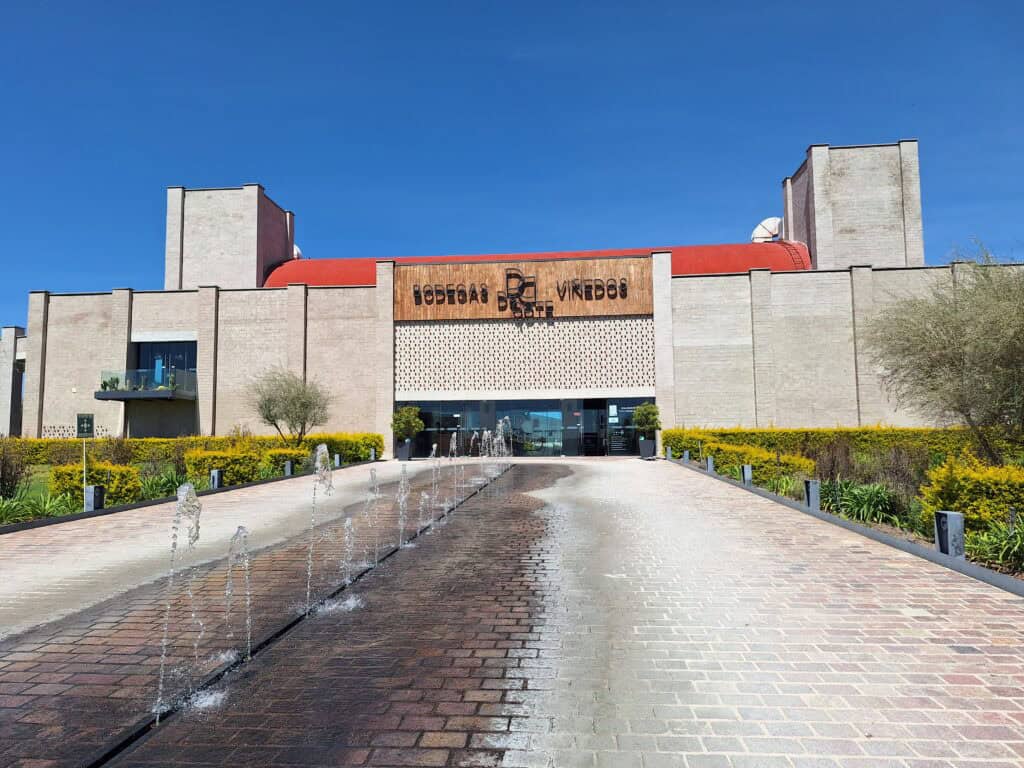
It’s tough yes, but the rewards are worth it
Querétaro’s main advantage is that same high semi-desert environment. The grapes are exposed to higher UV, and wide temperature fluctuations between night and day give Querétaro wines characteristics that lower-altitude Baja grapes lack.
Querétaro is the #1 producer of white and sparkling wine in Mexico, with Tom Pence noting, “The region showcases European-style wines rather than the fruity bombs you might find over in Baja.”
Pence explains, “Baja is high alcohol, low acidity because the average growing temperatures during the day are like 93 to 94 Fahrenheit for the high. And then and then lows around 80… So during the day the sugar levels go up and the acidity drops. And then at night the acidity recovers and the sugar levels come back down. And it’s that recovery period that allows us to make European-style wines. So lower in alcohol here and higher in acidity are tempranillo which tastes like Spanish tempranillo, not like American tempranillo. Or our chardonnay [which] tastes like white Burgundy. It doesn’t taste like American chardonnay and, you know, all the way across the spectrum [of wines the state produces].”
The best Querétaro wines are still sparkling whites and rosés, meaning the state’s reputation remains the “bubbly of Mexico.” However strides are being made with reds as growers experiment with less-conventional techniques and the development of varieties that help avoid the mildew problem: nebbiolo, petit verdot and viognier in particular.
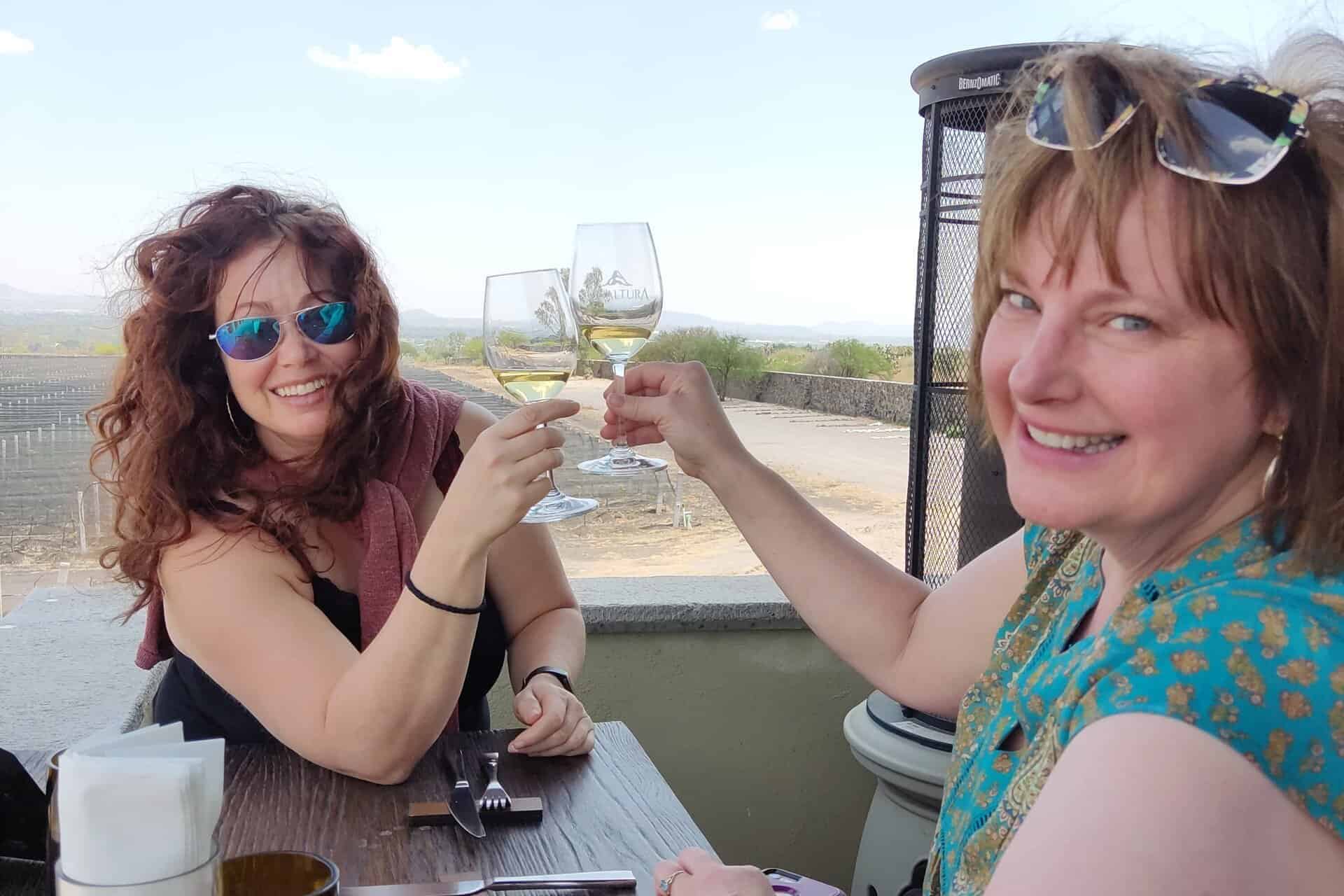
An edge on Baja–More on wine tasting in Querétaro
Querétaro’s modern wine has been tied to tourism almost since the beginning. Freixenet has been offering wine tasting for decades, and just about every winery since has incorporated tourism in its business plan. In short, Querétaro’s wine tourism serves as an important economic cushion against an often unpredictable growing season.
Tourism inspires winemakers to work together to continue raising the standard of the region’s wines. “No one wants visitors to have a bad experience with a wine here because they realize that it reflects on all of them,” says Castro.
The arrival of about one million wine lovers each year has caught the attention of state authorities, who see it as part of a decades-long development strategy that has turned Querétaro from nearly forgotten territory to a region with one of Mexico’s highest quality-of-life indices.
The “Art, Cheese, and Wine Route” is the best-known wine tourism attraction in Mexico, but it’s not the only wine tasting option in Querétaro. Castro notes, “In the Ezequiel Montes municipality you will find 4-5 vineyards that you could visit in a single day. And that is marvelous…In Baja California that is impossible. Their distances and highways mean that you can visit maybe two vineyards in a day.”
Yes, there are definitely “extreme” challenges in the Querétaro wine industry, but growers here are proving that none are insurmountable. While finding ways around droughts, hail, and the dreaded mildew, they have mastered marketing–not only their fine beverage, but of the entire beautiful state as well.

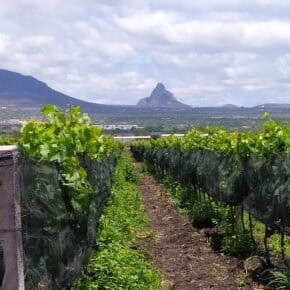
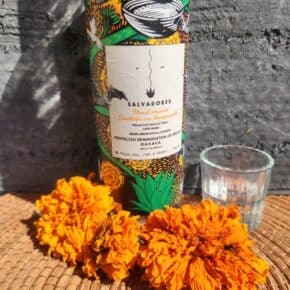
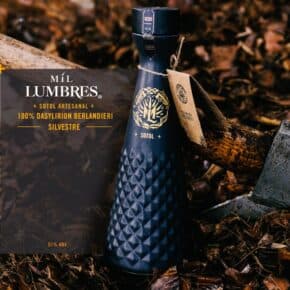
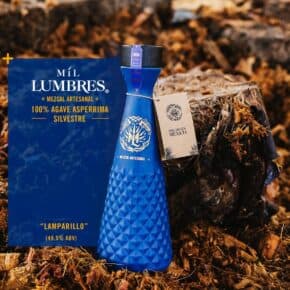





Leave a Comment